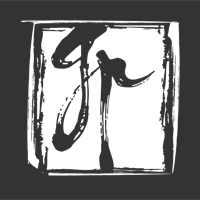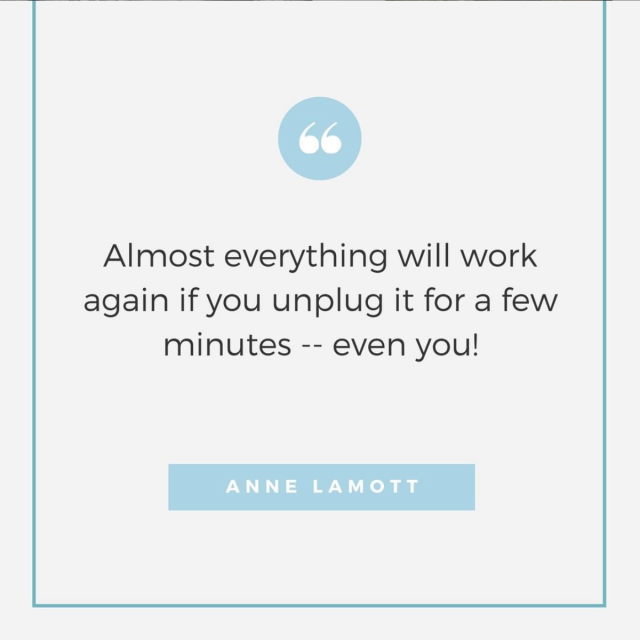I recently attended a workshop hosted by the personable and energetic Khy Hy of Rad Reads, where he talked about four types of work: $10 work, $100 work, $1000 work, and 10K work. These types of work fall along a matrix with leverage (high and low) on the Y axis and skill (high and low) on the X axis. Like Eisenhower’s Important-Urgent matrix, Khy’s Skill-Leverage matrix offers a useful framework to help you prioritize and manage your time.
10K Framework
In a nutshell, Khy defines $10 work as work you could do hung over, work that feels productive but doesn’t actually help you move the needle towards your long-term goals. $100 work is efficient $10 work. $1000 work is highly skilled, highly valued work — think lawyer or partner in a consulting firm. It’s valued work but it lacks leverage.
10K work is leveraged work that moves the needle towards your long-term goals. The exact nature of 10K work varies depending on your goals, the industry you are in, your skills, etc… The more leveraged the activity, the more valuable it is. What I really like about this framework is the emphasis on achieving your long term goals, the way it helps you keep an eye on the future.
To explain the concept further, he uses the example of credit card hacking to increase your wealth — collecting points and transferring balances and so on. He considers this to be $10 work. It may feel good but the impact on your wealth accumulation is minimal. $10K work would be ditching credit cards altogether and paying cash for your purchases because it’s an action that will have a much larger impact on your financial situation.
In my own life, I can see answering emails as $10 work. If I batch answer emails and use folders/filters to delete and process messages, I’m doing $100 work. Initiating and sending emails, however, could potentially be 10K work, if I am reaching out to others seeking opportunities and/or win-win collaborations.
Khy’s point is that you want to spend time every week on leveraged work that catapults you towards your goals, and less time on low value work.
Future Work Versus Present Work
Thinking about the dollar value of work wasn’t helpful to me. I found myself getting a little argumentative, “What about parenting? Is that $10 work or 10K work? What about a social worker? What about an elementary school teacher?”
So I’ve simplified Khy’s framework into “present work” and “future work” and dropped the idea of dollar values. This is a really interesting way for me to think about the work I do as a professional photographer and parent who is also trying to build a side hustle or two. Of course I need to do my “present work” — take photos, retouch portraits, cook dinner, etc…, but it’s also important to make sure I spend time every day doing work and taking steps that will get me, my businesses, and my family where I want to be in 5-10-20 years — ie, “future work”.
I also realized that future work is best done during the time of day when I am most alert and fresh, whereas much present work can be accomplished pretty easily regardless of my energy levels. For example, I can retouch a client’s portraits while watching Netflix after dinner (present work), but I can’t work on content for my course (future work) while watching Netflix. So it makes sense for me to do future work early in the day.

Putting this Framework to Work for You
Are you interested in trying out this system yourself?
The first step is to figure out how you spend your time. Check out my article on Interstitial Journaling — it’s a very effective way to track your time and find patterns.
The second step is to get clear on your goals and priorities for the future, and map out a plan for getting where you want to go. What are your dreams for the future? What skills do you need to learn or steps do you need to take to move you towards those dreams?
And the final step is to make sure you spend time every day (or at least several hours a week) on future work. When are you most productive? Are you an early bird or a night owl? Schedule future work into your calendar.
I’m really happy with the progress I”m making in 2021 towards my goals. Of course I wish I was moving faster! But I do celebrate my baby steps and it’s clear to me that taking action builds a sense of momentum.
Conclusion
I highly recommend you check out Khy Hy’s 10K work article here. He makes some excellent points, and you may find his analysis of the different dollar values of work to be valuable.
With so many things constantly competing for my time and attention, I’m a big fan of any framework that makes it easy and intuitive to add intentionality to my day. How do you prioritize your activities and add intentionality to your day? I’d love to know — connect with me here.
Did you enjoy this article? You might enjoy my monthly newsletter!











